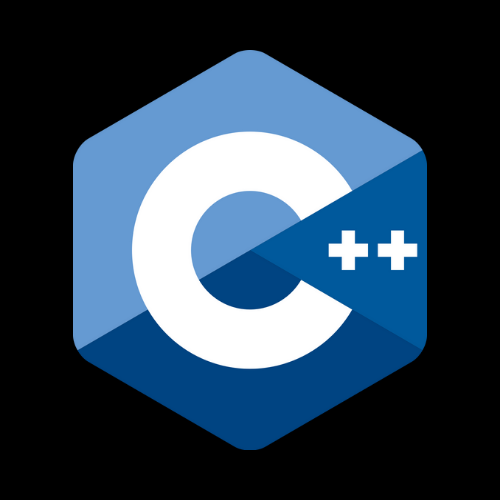Level: Intermediate
1. Explain the concept of middleware in Express.js. How do you create custom middleware and use it in an application?
2. How do you handle file uploads with progress monitoring in a Node.js application?
3. Describe the purpose of the cluster module in Node.js. How do you utilize it to achieve better performance?
4. Explain the role of WebSocket libraries like Socket.io in real-time communication with Node.js.
5. How do you implement authentication using JWT (JSON Web Tokens) in an Express.js application?
6. Describe the differences between synchronous and asynchronous file I/O operations in Node.js. When would you use each?
7. How do you implement rate limiting in an Express.js application to prevent abuse of APIs?
8. Explain the concept of reverse proxying and how you can implement it with Node.js and Nginx.
9. Describe the purpose of child processes in Node.js. How do you create and manage child processes?
10. How do you handle database transactions in a Node.js application using a library like Sequelize or Mongoose?
11. Explain the role of caching in improving the performance of a Node.js application. How would you implement caching?
12. How do you use the stream module in Node.js for efficient data processing, such as reading large files or HTTP responses?
13. Describe the purpose of the os module in Node.js. Provide examples of how you can use it to retrieve system information.
14. How do you implement pagination and sorting for API endpoints in an Express.js application?
15. Explain the concept of server-side rendering (SSR) in Node.js applications. How do frameworks like Next.js facilitate SSR?
16. How do you handle form validation and data sanitization in an Express.js application?
17. Describe the role of environment variables in configuring Node.js applications across different deployment environments.
18. How do you implement logging in a Node.js application? What are some best practices for logging?
19. Explain the purpose of testing frameworks like Mocha and Jest in Node.js. How do you write unit tests and integration tests?
20. How do you implement job scheduling in a Node.js application using libraries like Agenda or Bull?
21. Describe the concept of microservices architecture. How does Node.js facilitate the development of microservices?
22. How do you implement WebSocket authentication and authorization in a Node.js application?
23. Explain the concept of GraphQL and how you can implement a GraphQL server with Node.js using libraries like Apollo Server.
24. How do you handle database migrations in a Node.js application using tools like Knex.js or Sequelize migrations?
25. Describe the purpose of ORM (Object-Relational Mapping) libraries like Sequelize and how they simplify database interactions in Node.js.
26. How do you implement error handling and centralized error logging in an Express.js application?
27. Explain the concept of containerization with Docker. How can you containerize a Node.js application for deployment?
28. Describe the role of message brokers like RabbitMQ or Kafka in Node.js applications. How do they facilitate asynchronous communication?
29. How do you implement HTTPS and SSL/TLS certificates in a Node.js application?
30. Explain the role of TypeScript in Node.js development. How does TypeScript enhance the development experience compared to JavaScript?
31. How do you implement internationalization (i18n) and localization in a Node.js application?
32. Describe the purpose of GraphQL subscriptions and how you can implement real-time updates in a Node.js GraphQL server.
33. How do you handle sessions and cookies in an Express.js application? What are some security considerations?
34. Explain the concept of serverless computing and how Node.js fits into serverless architectures using platforms like AWS Lambda.
35. How do you implement data validation and schema validation in a Node.js application?
36. Describe the concept of distributed tracing and how you can implement it in a Node.js application using tools like Jaeger or Zipkin.
37. How do you implement OAuth authentication (e.g., with Google or Facebook) in an Express.js application?
38. Explain the purpose of the buffer module in Node.js. How is it used for handling binary data?
39. How do you implement full-text search capabilities in a Node.js application using libraries like Elasticsearch or Solr?
40. Describe the role of web sockets in real-time applications. How do you handle socket communication in a Node.js server?
41. How do you implement data migration strategies in a Node.js application to manage changes in database schema?
42. Explain the concept of server-side events (SSE) in Node.js applications. How do SSEs enable server-to-client push notifications?
43. How do you implement role-based access control (RBAC) in an Express.js application?
44. Describe the purpose of monitoring and performance profiling tools in Node.js. How do you identify and optimize performance bottlenecks?
45. How do you implement data aggregation and analytics pipelines in a Node.js application?
46. Explain the role of JSON Web Tokens (JWT) in securing APIs in Node.js applications. How do you validate and decode JWT tokens?
47. How do you implement automated testing and continuous integration (CI/CD) pipelines for Node.js applications?
48. Describe the role of the crypto module in Node.js. How do you use it to implement encryption and decryption functionalities?
49. How do you implement RESTful API design principles in an Express.js application?
50. Explain the purpose of background job processing and task queues in Node.js applications. How do libraries like Bull or Bee-Queue facilitate this?


